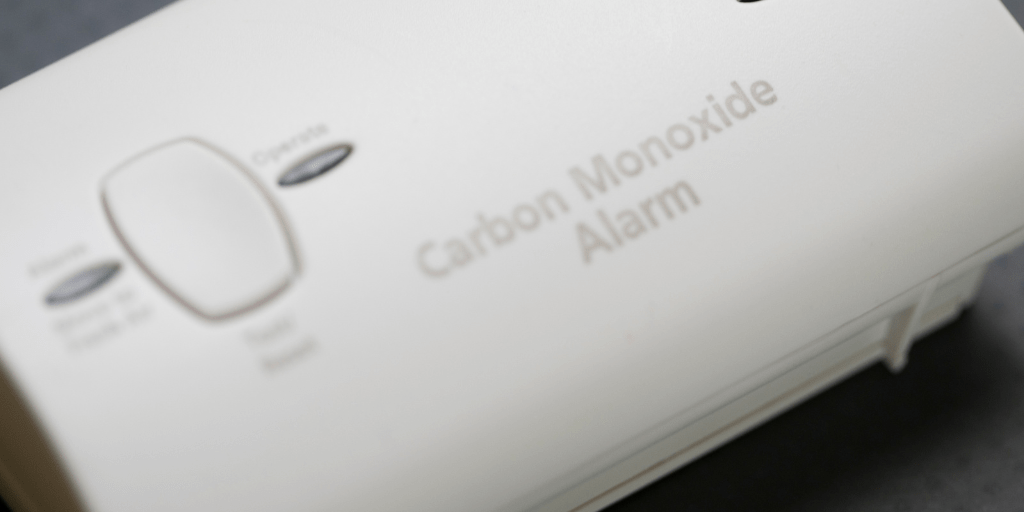Often called the silent killer, carbon monoxide poisoning at high levels can kill a person in minutes. Carbon monoxide is an invisible, odorless, colorless gas created when fuels, like gasoline, wood, coal, natural gas, and propane burn incompletely.
The following are yearly statistics from the Center for Disease Control and Prevention (CDC) for unintentional CO poisoning:
- 400 Americans die from unintentional CO poisoning.
- Approximately 20,000 visit the emergency room.
- 4,000 are hospitalized
All people and animals are at risk for CO poisoning. Unborn babies, infants and people with chronic heart disease, anemia, or respiratory problems are more susceptible to the effects of carbon monoxide
Faulty furnaces or other heating appliances, portable generators, water heaters, clothes dryers, or idling cars left running in garages can produce an excess of carbon monoxide that will lead to carbon monoxide poisoning.
According to the United States Fire Administration following the below basic steps can eliminate the risk of carbon monoxide poisoning to you and your loved ones:
- Check annually by a professional any fuel-burning appliances, like oil and gas furnaces, gas or kerosene heaters, fireplaces, and wood stoves.
- Open the damper for proper ventilation before using a
- Don’t use your oven or stove-top to heat your
- Make sure all fuel-burning equipment is vented to the outside and make sure those vents are clean and unblocked.
- Never run a vehicle or other fueled engines with motors in a closed garage. If you need to warm a vehicle, remove it from the garage. Make sure the exhaust pipe of a running vehicle is not blocked with snow, ice, or other materials.
- Make sure vents for the dryer, furnace, stove, and fireplace are clear of snow and other
- Some grills can produce CO gas. Only use barbeque grills outside, away from all doors, windows, vents, and other building openings. Never use grills inside the home or the garage, even if the doors are
- Use portable generators outdoors in well-ventilated areas away from all doors, windows, vents, and other building openings to prevent exhaust fumes from entering the home.
Since, you are unable to know if carbon monoxide is in the air, it is important to Install carbon monoxide detectors on every level of the home.
Visit usfa.fema.gov for more info on CO safety.







